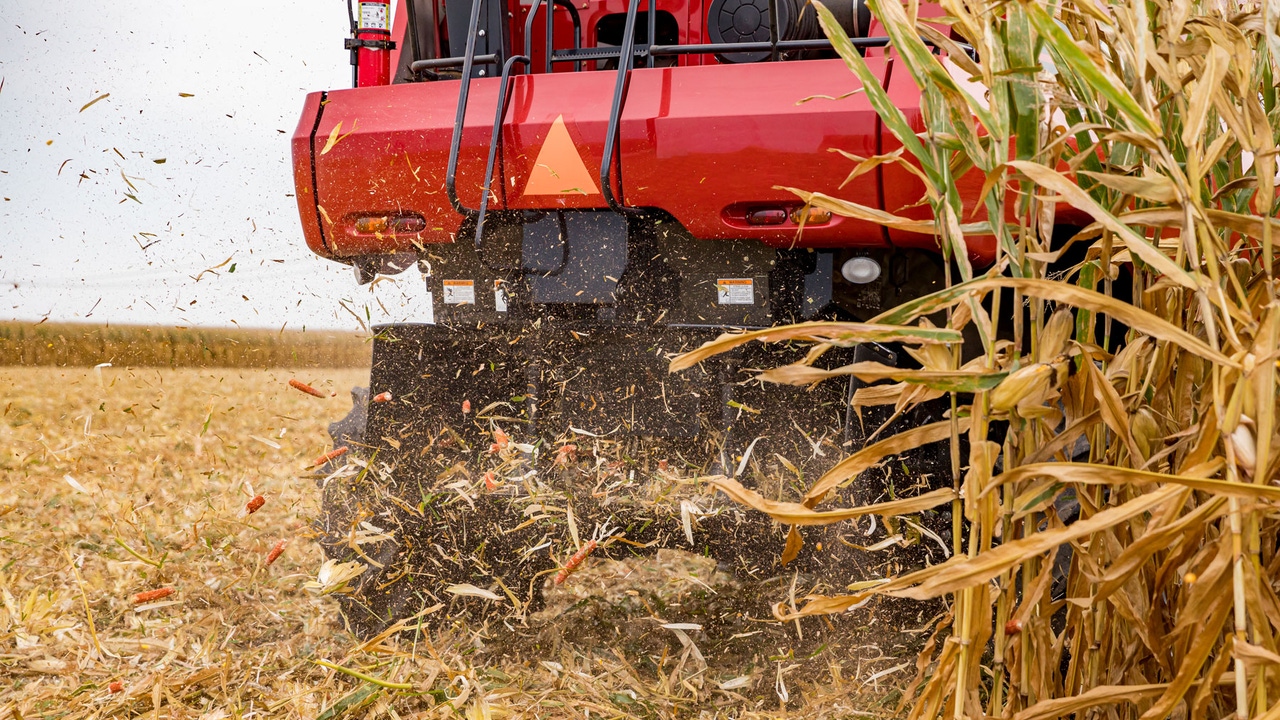
As always, what you decide to
do depends on your goals.
by Heidi Reed and Tara Felix

That depends, of course. But here are the main factors that should guide your decision-making.
Keeping fodder in the field is best when:
- Soil conservation is a main goal of the farm.
- Fields are moderately or greatly sloped.
- There will be no cover crop planted after grain harvest.
- Feed is not needed on the farm, and there is not a viable market off the farm.
Grazing fodder is best when:
- Feed is needed on the farm, or there is a renter in proximity.
- Fencing and water infrastructure is in place, or there will be return on investment from installing.
Baling stover is best when:
- Feed is needed, but fence and water infrastructure are lacking.
- Manure is imported.
- Fields have high levels of remaining grain and risk of acidosis is a concern.
The choice to leave fodder in the field, bale or graze after corn grain harvest should be based on each farm's individual needs and goals. The value to the buyer, cost to the seller and local forage market should all be considered.
If you are unsure, reach out to your local Extension educator for a second opinion. Always take the time to critically weigh the costs and benefits of different management strategies to make the most informed decision for your farm.
Reed is an agronomy educator, and Felix is an Extension beef specialist, both with Penn State Cooperative Extension.
Source: Penn State Extension





